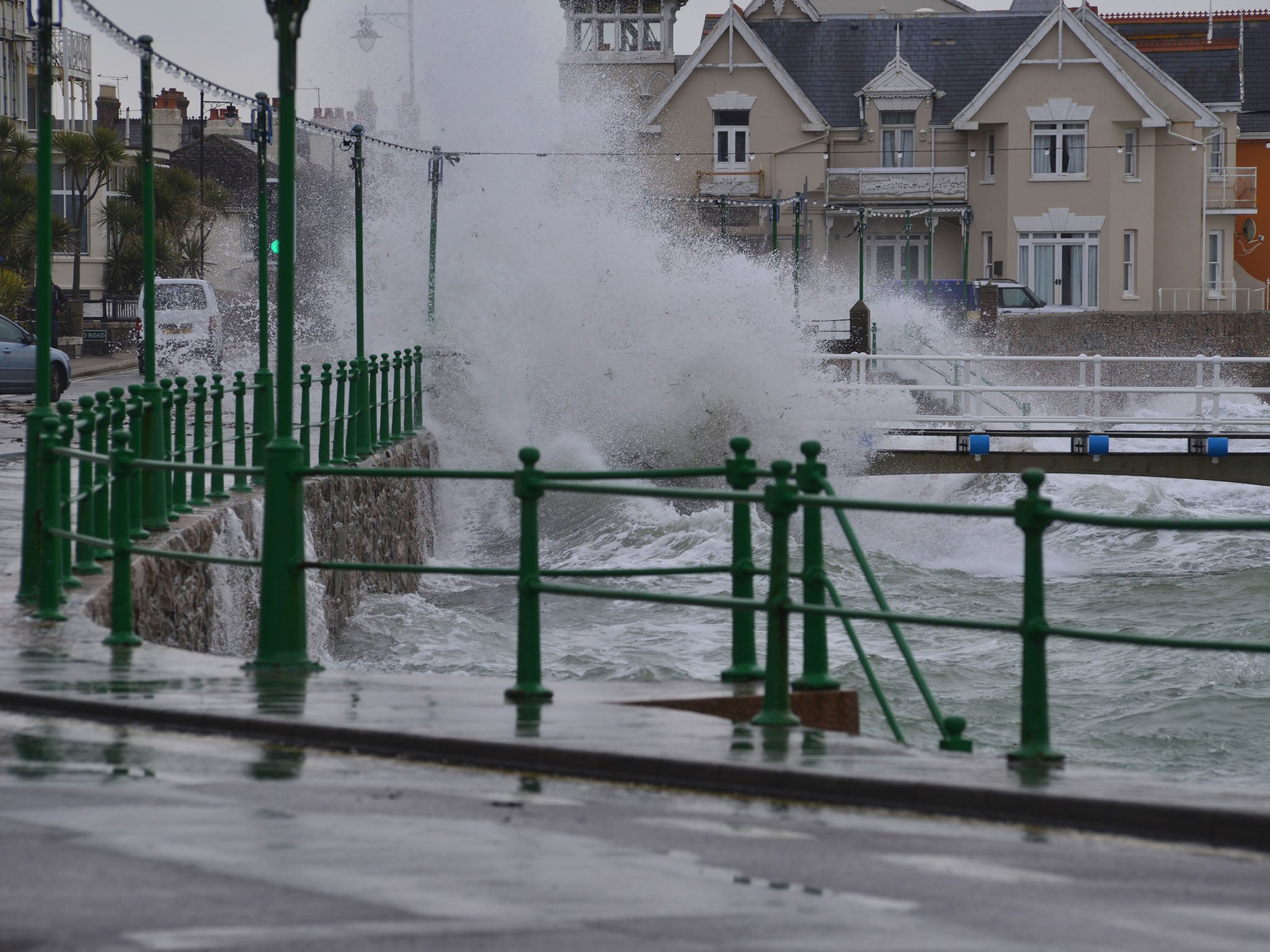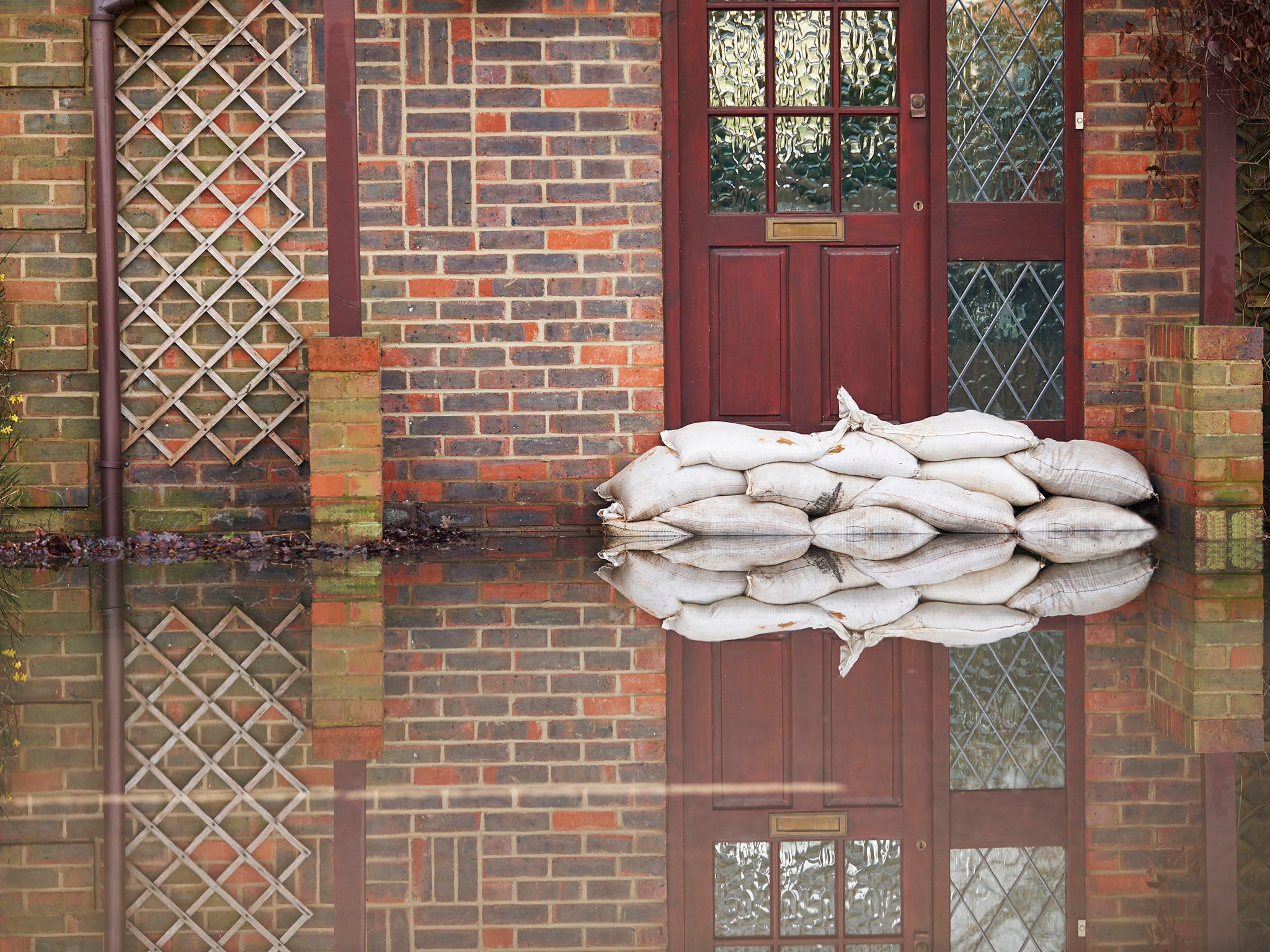Extreme weather and global warming: Here’s what the UK can expect if emissions keep increasing
New and stronger evidence confirms that abnormally high temperatures are related to human activities, say Kate Sambrook and Thomas Richardson

Your support helps us to tell the story
From reproductive rights to climate change to Big Tech, The Independent is on the ground when the story is developing. Whether it's investigating the financials of Elon Musk's pro-Trump PAC or producing our latest documentary, 'The A Word', which shines a light on the American women fighting for reproductive rights, we know how important it is to parse out the facts from the messaging.
At such a critical moment in US history, we need reporters on the ground. Your donation allows us to keep sending journalists to speak to both sides of the story.
The Independent is trusted by Americans across the entire political spectrum. And unlike many other quality news outlets, we choose not to lock Americans out of our reporting and analysis with paywalls. We believe quality journalism should be available to everyone, paid for by those who can afford it.
Your support makes all the difference.On a global scale the science is settled: human emissions of greenhouse gases have already led to a rise in global temperature of more than 1C, and the consequences are visible around the world.
Already, in 2019, Australia has sweltered in record-breaking heat, while the US midwest was hit by freezing conditions colder than Antarctica.
In the UK meanwhile, winter temperatures soared past 20C for the first time ever. Britain is not particularly known for intense heatwaves, vicious hurricanes or snowstorms. But, in a world that is getting warmer, climate change will mean the country experiences more and more extreme weather.
To be identified as “extreme”, a weather event must significantly differ from normal patterns, be associated with severe effects and be historically infrequent. In the UK such events include floods, heatwaves and droughts.
The Met Office has examined historical trends in extreme weather events and has projected how the climate may change over the 21st century. If emissions continue to increase, there is an increased chance of milder, wetter winters and hotter, drier summers. But at the same time, the country may see an increase in the frequency and intensity of hot days and heavy rainfall events.
This does not mean that every season will be warmer than the previous one. Daily and annual changes in weather patterns will continue to produce some unusually cold summers and winters, even as the climate warms.

Longer, hotter and more frequent heatwaves
As global temperatures continue to climb, by 2050 heatwaves similar to that witnessed in 2018 could occur every other year. By 2100, heatwaves will likely become more intense and longer lasting, with the possibility of temperatures exceeding 40C and heatwaves lasting 50 days.
Rainfall will be variable and more extreme
The laws of physics tell us that a warmer atmosphere can hold more moisture, increasing the frequency and strength of extreme rainfall events. From year to year, rainfall patterns across the UK will still vary – but when it does rain it may fall in more intense bursts. Recent research has found that there is a one-in-three chance of record-breaking rainfall hitting parts of England and Wales each winter. That means in the future, wet winters like 2015-16 could become more common.
While summers are expected to become drier overall, climate change means downpours could become heavier. Researchers at the Met Office modelled the future of UK precipitation in very fine detail (down to squares of just 1.5km) and found that intense rainfall associated with severe flash flooding could become almost five times more frequent by the end of this century.

Is it climate change?
The emerging field of “event attribution” is enabling scientists to better understand the drivers of extreme weather. New and stronger evidence confirms that abnormally high temperatures and associated extreme weather are indeed related to human activities. For example, the very latest attribution study found that human-caused climate change had at least doubled the likelihood of the remarkable northern Europe heatwave in 2018.
Rainfall is harder to predict, as it depends more on relatively local factors such as atmospheric circulation and the availability of moisture. Many of these processes are not adequately represented in observational data or climate models. So, while a warmer world is associated with an increase in atmospheric moisture, what that means for extreme rainfall events in the UK will vary substantially from region to region.
Having said that, we can use past observations and future climate model experiments to infer whether the intensity and likelihood of such events are a result of climate change.
In December 2015 Storm Desmond travelled across the North Atlantic, leaving in its wave an “atmospheric river” of super-moist air. Record-breaking rainfall caused major flooding across Ireland and northern England. Researchers at Oxford University and the Royal Netherlands Meteorological Institute have shown climate change increased the frequency of a rainfall event like Storm Desmond by 59 per cent.
This isn’t the first time that extreme UK rainfall has been linked to a changing climate. By analysing the extremely wet winter in 2013-14, scientists found that climate change had made such a season 25 per cent more likely.
While there are many uncertainties in attribution studies, researchers have shown that human-caused climate change is nudging the temperatures up and increasing the odds of new extremes in heat and rainfall.
Kate Sambrook is a researcher in physical climate change at the University of Leeds. Thomas Richardson is a research fellow at the Institute for Climate and Atmospheric Science at the University of Leeds. This article originally appeared on The Conversation
Join our commenting forum
Join thought-provoking conversations, follow other Independent readers and see their replies
Comments